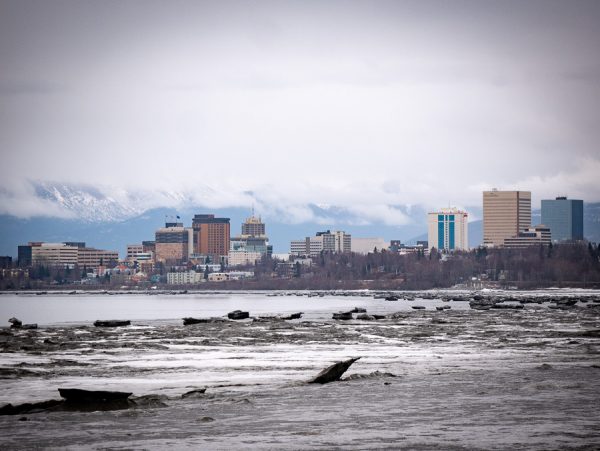
It has been a really hard year for jobs and businesses in Alaska. While parts of the state fared better than others, Neal Fried with the Alaska Department of Labor said no region escaped the financial hardship of the pandemic.
LISTEN:
Abbey Collins: If we go back to the start of the year, there was actually some optimism here in Alaska. Can you talk about the economic forecast pre-pandemic?
Neil Fried: We had a pretty severe recession in ’16, ’17, and ’18, where we lost over 10,000 jobs, one of the worst recessions Alaska ever experienced. And then we began to recover some in 2019, we grew by about 1%. We were expecting another year of growth, very modest — I think it was about a half of a percent for 2020. It was largely because we were expecting, obviously, a record visitor season that year. And then we also expected some pretty busy activity on the North Slope and on the Kenai Peninsula, as well. We expected oil to come back with more strength. It, too, had some really rough years during the recession.
AC: Then we got this huge wildcard in the form of pandemic. What did the year actually look like?
NF: It looked pretty grim. Now, it’s important to say that January and February and March were relatively positive. So it looked like our forecasts, and most other people’s forecasts, were turning out all right.
And then we all know, basically, March and April, everything went to heck, in a very, very short period of time. And instead of growing by half a percent, we lost about 8% of all of our jobs. And when you look at the actual numbers, they’re even more dramatic.
We lost about 27,000 jobs in less than a year. That’s the largest number of jobs that we have ever lost in history and absolute numbers, not quite on percent basis yet. But of course, it’s not all over, either. We even lost more jobs, believe it or not, than we did in the 80s, and in a previous recession in ’16, ’17 and ’18. Any way you look at it, it was pretty darn dramatic.
AC: With all these job losses, we saw a huge number of Alaskans applying for unemployment. Can you talk about what we saw in terms of unemployment numbers?
NF: We started out at near record lows the first couple months of 2020. It reached its peak — just under 70,000 individuals receiving unemployment — in April, and has come down since then some, but it’s still in the 40,000 range of individuals receiving unemployment. Pre-COVID, that compares to less than 10,000.
So at its peak, it was nearly seven times as high as it was at the beginning of the year. And today, it’s still about four times as high as it was during the early part of 2020.
AC: Things are still very uncertain in terms of the pandemic. Do you have a forecast for the upcoming year?
NF: This has been a year where all forecasters were very much humbled. So of course, we’re all very hesitant about what’s gonna happen in 2021 and there’s just so many guesses that you have to make. Our official forecast will come out in early January.
But everyone, that’s forecasting or thinking about forecasting, or looking into 2021, we basically think that we will have positive growth in the economy. Part of the reason just is because these numbers just dropped so dramatically, and because there is more optimism out there.




